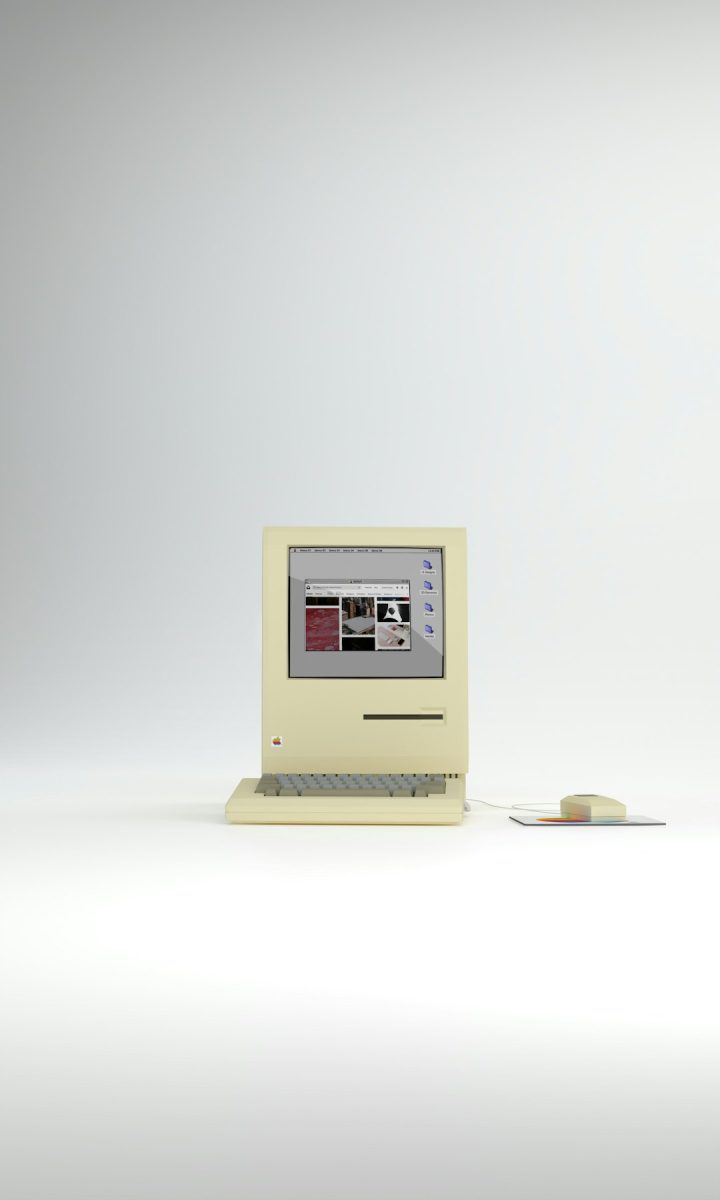As internet users, we’re constantly exposed to various background processes and services that run on our devices. Some are essential, but others can seem suspicious—especially when their names don’t immediately indicate their purpose. One such example that has drawn attention recently is naz.api. If you’ve come across this term and are wondering whether it’s a legitimate process or a potential threat, you’re not alone. Let’s break it down and uncover what naz.api really is.
What is naz.api?
naz.api appears in several contexts, often flagged by cybersecurity or antivirus tools, or brought up in forums and tech discussions. The term itself doesn’t provide much clarity—it isn’t associated with any well-known application or platform, which is one of the first red flags.
In most cases, users report seeing naz.api on their systems without ever consciously installing anything related to it. This API can sometimes emerge in background processes, especially on Windows systems, and is usually connected to unauthorized or suspicious activity.
Is naz.api a Legitimate Program?
To put it simply: there is no verified software vendor or company officially linked to naz.api. No trusted tech source offers downloadable tools or applications under that name, and it doesn’t show up in developer documentation for any established programming environments. This absence from credible databases significantly increases skepticism around its legitimacy.
Additionally, independent cybersecurity researchers and users alike have reported instances where naz.api was linked to suspicious behavior—like triggering pop-ups, slowing down systems, or communicating with unknown servers. The overall consensus in online communities points toward it not being a legitimate system file or application.
Potential Red Flags
If you suspect naz.api is present on your system, it’s important to look out for the following signs:
- Unusual CPU or Memory Usage: If your device becomes sluggish or heats up quickly, it might be caused by hidden background processes like naz.api.
- Random Pop-ups or Ads: Malware often injects advertisements or displays deceptive notifications to lure users into clicking them.
- Unauthorized Access Attempts: Some users report naz.api triggering firewall warnings or connecting to unfamiliar IP addresses.
These behaviors often indicate that the file or process may be part of an adware, spyware, or other type of malware package.
Why Is It on My Device?
One of the main concerns is understanding how naz.api ends up on a user’s system. Usually, it comes bundled with third-party downloads or shady browser extensions. You might install a video player, game mod, or PDF converter that contains hidden components. These hidden elements often bypass user consent and start running as background tasks.
Alternatively, it may be injected through malicious email attachments or compromised websites using exploit kits designed to take advantage of outdated software or system vulnerabilities.
How to Remove or Prevent naz.api
If you suspect that naz.api is causing trouble on your computer, you should act swiftly. Here are the recommended steps:
- Run a Full-System Antivirus Scan: Use reputable antivirus software like Malwarebytes, Bitdefender, Norton, or Kaspersky to detect and remove the threat.
- Check Task Manager: Look for any unknown or suspicious processes running in the background.
- Examine Installed Applications: Go to your system’s installed apps section and uninstall anything you don’t recognize.
- Use Autoruns: Microsoft’s Autoruns tool can help you identify startup programs and background services that launch on boot. Disable anything unfamiliar.
- Keep Software Updated: Bugs and vulnerabilities in outdated apps often serve as gateways for malicious APIs.
Final Thoughts: Is naz.api Malware?
Given the complete lack of official documentation, widespread suspicion among tech communities, and signs of malicious behavior, it’s safe to say that naz.api is not legitimate software. It should be treated as suspicious at best, and potentially dangerous at worst.
Whether it’s naz.api or any other seemingly mysterious process, the approach should always be the same: proceed with caution. The digital world is filled with threats cleverly disguised as useful tools or harmless processes. When in doubt, research, scan, and review.
Stay Safe Online
Cybersecurity isn’t something to approach passively. Stay aware of what’s running on your system, only download software from trusted sources, and keep your defenses updated. In an age where digital threats can masquerade as quiet background services, being proactive is your best protection.
